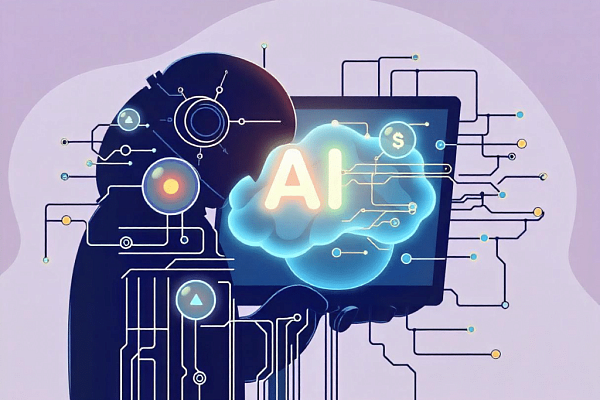Over the past decade, Software as a Service (SaaS) has transformed business practices, enabling organisations of all sizes to access affordable, flexible applications and create scalable IT infrastructures. However, with the rise of artificial intelligence, a new paradigm called Service as Software is emerging. This innovative approach integrates the principles of SaaS and business process outsourcing to create an AI-driven ecosystem.
Unlike traditional SaaS, which simply overlays AI on top of existing systems, Service as Software aims to automate business processes through intelligent APIs and autonomous services. This approach minimises the need for human involvement by using AI agents that operate based on event-triggered conditions and user feedback.
The concept introduces self-contained software solutions. Whereas traditional SaaS requires people to perform tasks, Service as Software automates these processes through API calls or dedicated software. This model is particularly useful for niche tasks such as financial valuations, legal analysis, IT reporting, marketing evaluations and research. Although still in its infancy, many believe that service-as-software could eventually eclipse the original SaaS evolution.
Increasing productivity remains a primary goal for businesses, but many still rely heavily on manual processes. Service as software seeks to address these inefficiencies by expanding the scope of cloud-based service delivery. Some vendors are entering this space by offering pre-built agents to manage specific tasks, including voice-enabled interactions.
Early adopters are effectively using these tools to manage specialised functions such as document processing and medical transcription, transforming unstructured data from multiple formats into structured, actionable information. Essentially, service-as-software shifts the focus from human-operated tools to automated solutions. For example, AI-powered accounting can categorise transactions, while AI-powered marketing tools can identify leads and schedule calls autonomously.
Recent advancements in AI technology, including the development of generative AI and large language models, have paved the way for service as software. The integration of these technologies with traditional machine learning allows for enhanced predictive analytics and workflow optimization, resulting in smarter, more effective service delivery.
Human oversight is still crucial, especially as organizations explore this new avenue. Experts suggest a tiered approach for integrating automation into business processes, starting with lower-risk tasks before progressing to more complex operations.
To successfully implement these initiatives, companies should focus on data quality and cross-system integration, alongside standardizing their data processes. Addressing potential biases and ensuring security compliance are equally important.
In the coming years, service as software is expected to expand into various domains such as contact centers, HR, and supply chain management, driving the full adoption of SaaS 2.0 and enabling a new era of managed services.
Over the past decade, Software as a Service (SaaS) has transformed business practices, enabling organisations of all sizes to access affordable, flexible applications and create scalable IT infrastructures. However, with the rise of artificial intelligence, a new paradigm called Service as Software is emerging. This innovative approach integrates the principles of SaaS and business process outsourcing to create an AI-driven ecosystem.
Unlike traditional SaaS, which simply overlays AI on top of existing systems, Service as Software aims to automate business processes through intelligent APIs and autonomous services. This approach minimises the need for human involvement by using AI agents that operate based on event-triggered conditions and user feedback.

